In anticipation of the Preakness Stakes, the Triple Crown horse race scheduled for May 15 at the Pimlico Race Course in Baltimore, we’ve put together a list of horse-themed cars. Vote for your favorite in our poll at the bottom of the article.
Ford Mustang
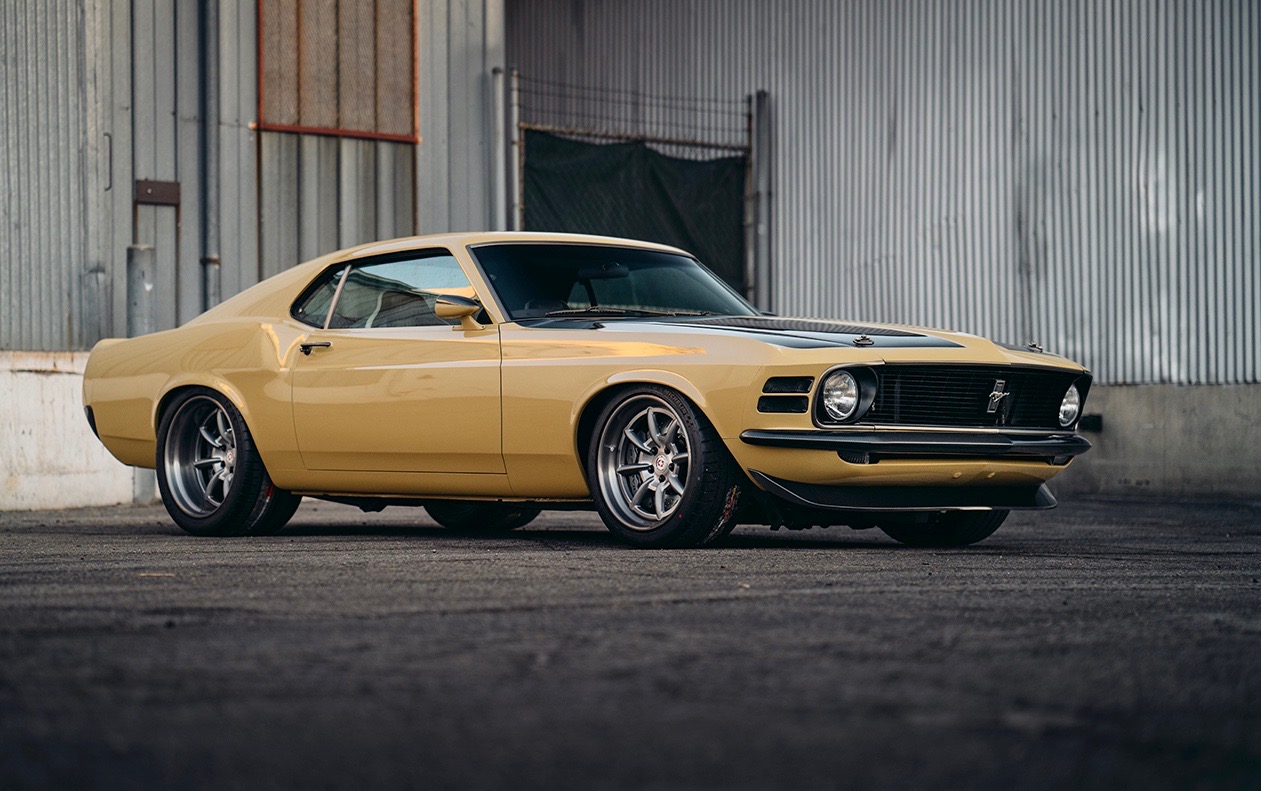
You can’t put together a list of horse-named cars and not feature the Mustang – the longest-running production run of an original pony car in existence.
There are two theories on how the Mustang got its name:
- Robert J. Eggert, Ford’s division market research manager in the early 1960s, loved American Quarterhorse breeds. His wife gifted him a book titled The Mustangs by J. Frank Dobie that inspired the pony car’s name.
- Ford’s executive stylist at the time, Pres Harris, named the car after the WWII fighter aircrafts named Mustang.
Either way, the iconic galloping horse emblem adorned on each Mustang’s grille lands the pony car a spot on our list.
Subaru Brumby
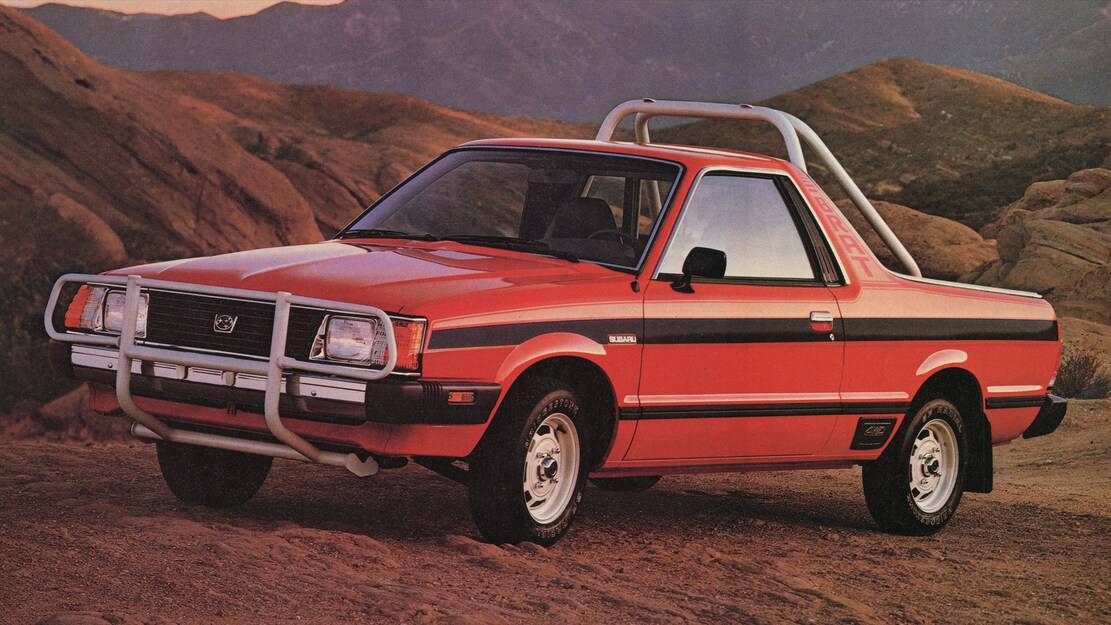
These funky-looking trucklets were called the Subaru Brat in the US, which stood for Bi-drive Recreational All-terrain Transport. They came equipped with four-wheel drive and four seats – two of which were mounted in the truck bed.
Because of the negative meaning behind Brat, Australia gave this compact pickup the name Brumby after the indigenous feral horses found throughout that continent.
Mitsubishi/Dodge Colt
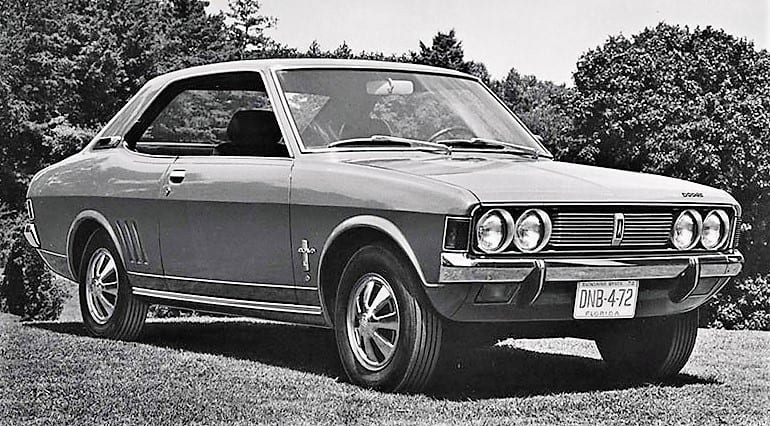
Mitsubishi started production on these boxy subcompact cars in the early 1960s and imported them to the US from 1971 to 1994 for Dodge to rebadge and sell.
These small cars were given the fitting name “Colt,” a term used for young male horses.
Ford Bronco
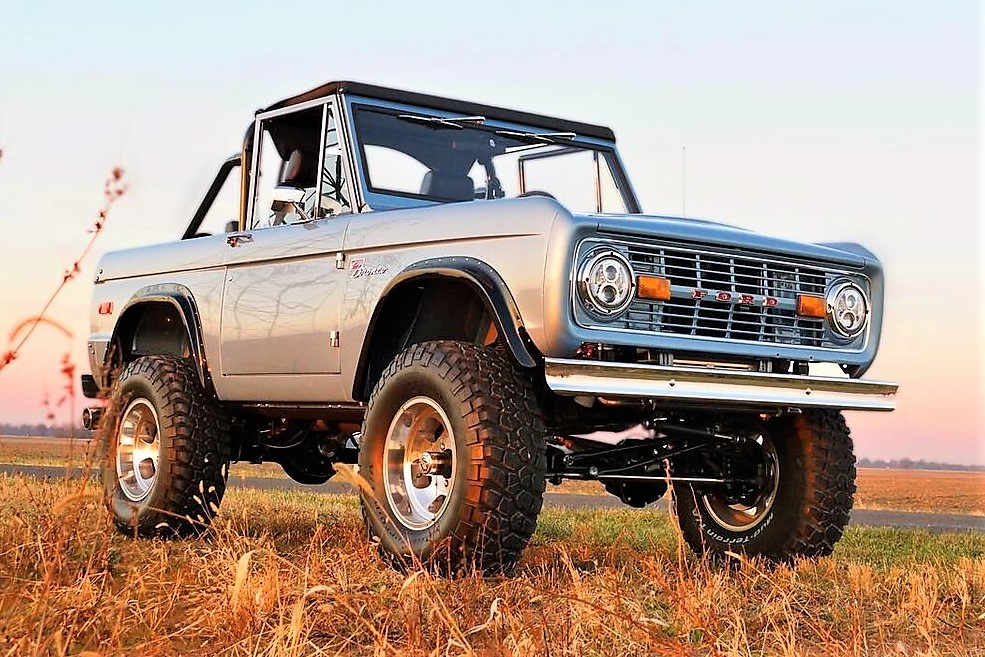
Of course, the ever-so popular Ford Bronco takes up space on this list.
When Ford was drawing plans for this four-wheel-drive SUV, the engineers, playing off the Mustang, called it the Bronco.
When the time came to finalize the name, “Wrangler” was thrown into the mix but Bronco stuck.
Hyundai Pony
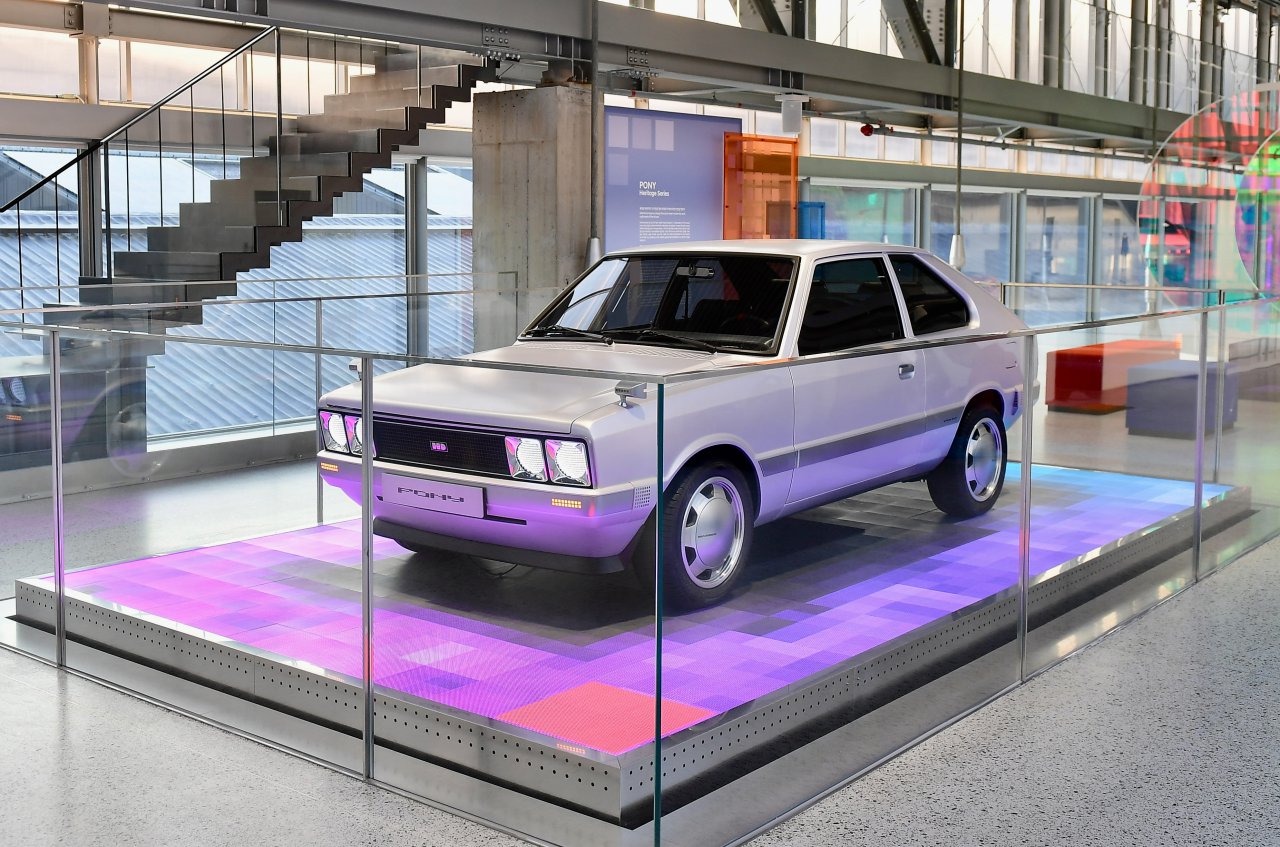
You might recognize this small hatchback as the Hyundai Excel that was introduced to the US in 1986 as an export version of the Pony that went into production in South Korea in the mid-1970s.
Hyundai recently retrofitted its original Pony model with modernized features and technology to celebrate the model that “heralded the dawn of Korea’s automotive industry,” Hyundai said.
The car’s name refers to a small horse no taller than 13.2 hands, or about 54 inches, fits perfectly for its small stature.
Rolls-Royce Camargue
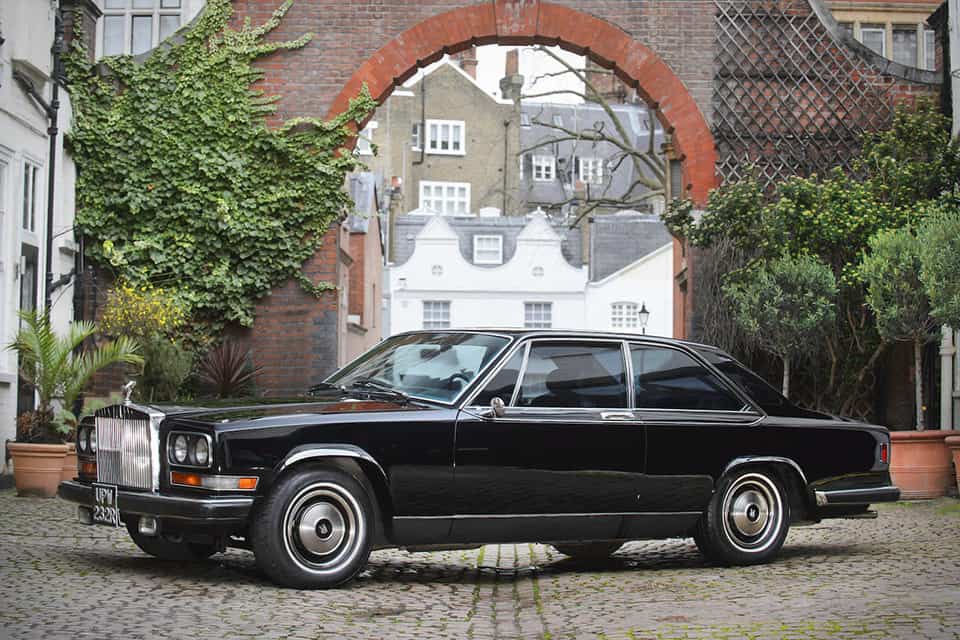
Not fit for barn but luxurious enough to be named after one of the oldest horse breeds in the world, tracing to the south of France, the Rolls-Royce Camargue coupe was in production from 1975 to 1986.
Rolls made only 531 example of what some say is the worst-looking Rolls-Royce.
In a 1975 MotorSport Magazine review of the Camargue, an editor wrote: “It looks rather as though Farina has tried to bend the very handsome lines of his Fait 130 Coupe design around an over-large Rolls-Royce radiator – and failed.”
Too harsh? Nevertheless, it’s horse-themed name makes the car a member of our list.
Ford Pinto
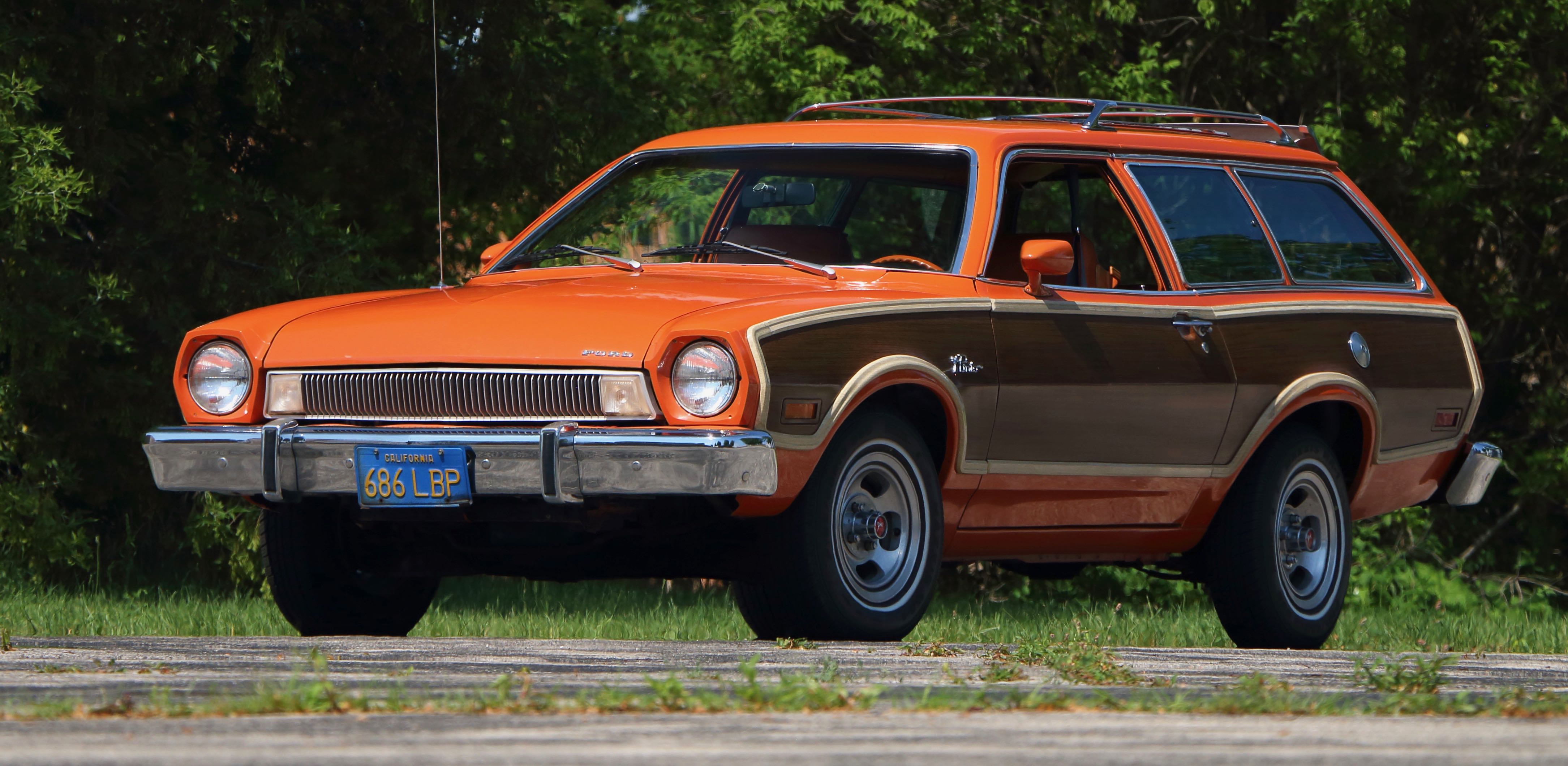
This infamous Ford subcompact, named “Pinto” after a horse that has large patches of white throughout its coat, was in production from 1971 to 1980.
In the commercial introducing the Pinto, Ford called it the “new little carefree car.” Carefree it was not – in rear-impact collisions, the gas tank filler neck could pull loose, spew gas, and burst into flames.
Retrofit kits could remedy the problem but the Pinto reputation was tarnished and the cars deemed worthless.
Mitsubishi Starion
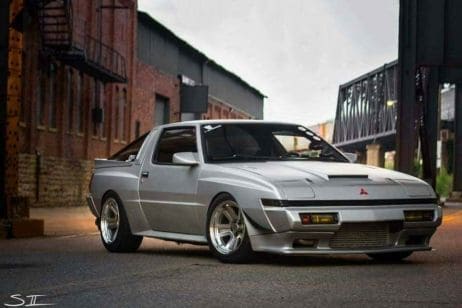
These low-key JDM sports cars were produced my Mitsubishi in the 1980s and rivaled the Nissan 290ZX and Mazda RX-7s.
The car reportedly was to be called the Stallion but apparently that was lost in translation and was morphed into “Station.”
Or, if you prefer another theory, the name comes from blending the words “Star” and “Orion.”
Hyundai Equus
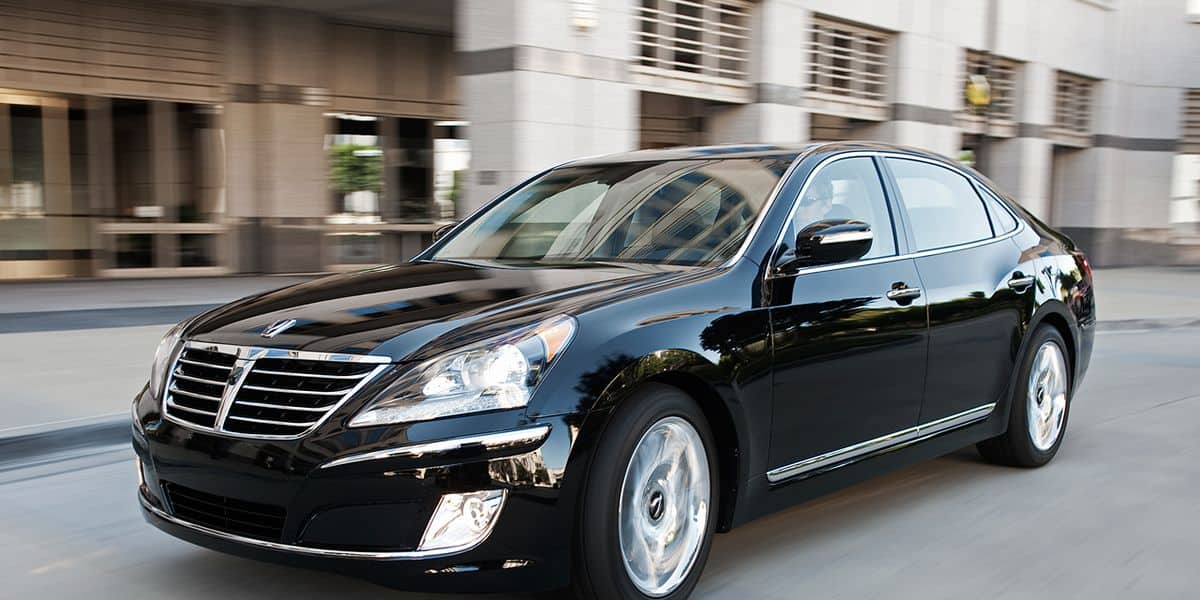
In production from 1999 to 2016, these full-size sedans made by Hyundai were luxury bargains compared to its competitors like the Lexus LS, Audi A8 and Mercedes-Benz S-Class.
This car isn’t named for a horse, but from the word Equus, which literally is “horse” in Latin.
Pegaso
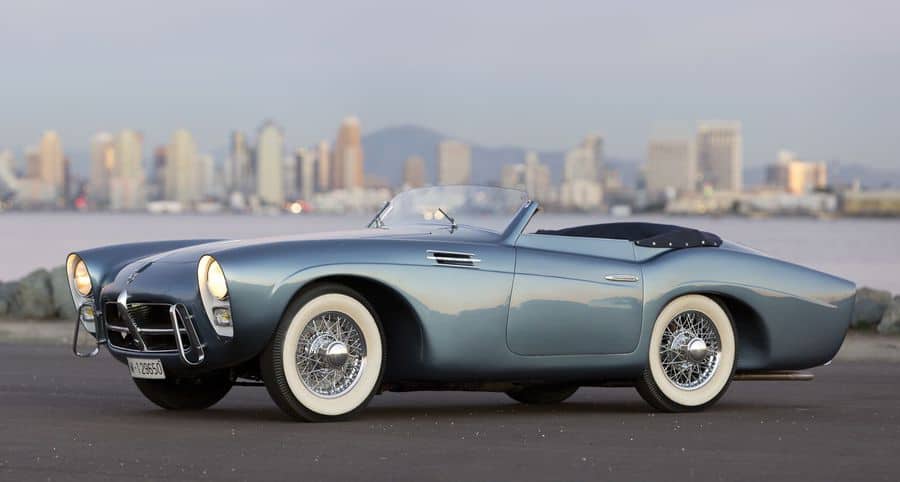
Pegaso is not just a car, but a Spanish truck, tractor and sports car manufacturer founded in 1946 and took over by manufacturer Iveco in 1994.
By the time it was forced to shut the doors, Pegaso manufactured about 350,000 vehicles, including its most-known z-102 and z-103 sports cars.
Pegaso is the Spanish word for “Pegasus,” a mythical winged horse found in Greek mythology.
Steyr-Puch Haflinger
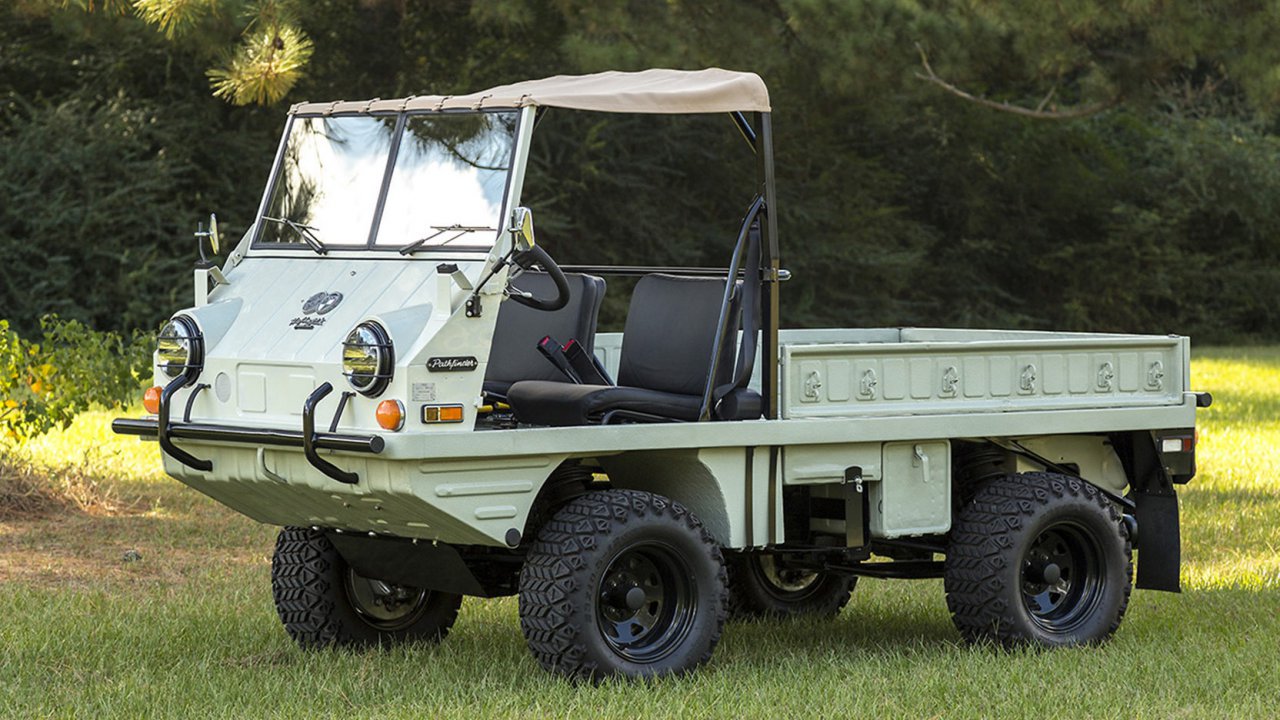
Arguably the most unusual vehicle to make this list, the Haflinger was a small cab-over vehicle manufactured between 1959 and 1975 in Austria used both privately and as military vehicles.
These utility vehicles are named after a breed of horses found in Austria that are small in stature but are strong enough to carry adults.

Follow ClassicCars.com to Baltimore, Maryland, for the second leg of the Triple Crown, where we partner with StableDuel for its popular Preakness Stakes contest. With a guaranteed prize pool of $20,000!
ClassicCars.com and StableDuel, where horsepower meets horsepower.



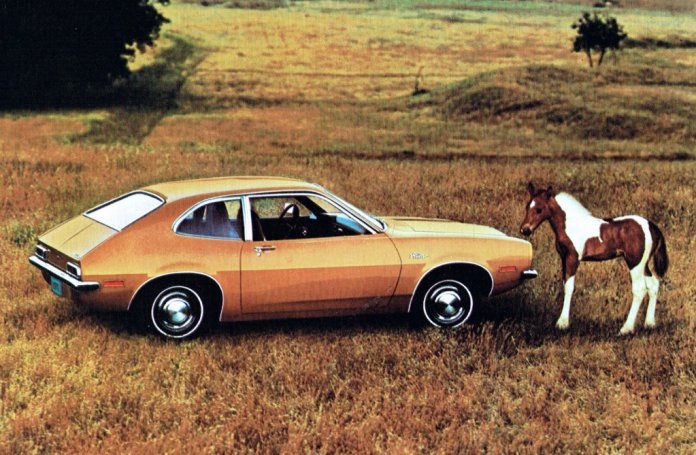


The Mustang was NOT named for the horse but rather for the airplane a P 51 Spitfire Mustang which helped win WWII for the allies.
The Mustang was named after a World War II fighter plane, with the horse also playing a role in the final selection. That much is known, but since there were so many people involved in the decision making process, several alternative theories have come about in the years since the Ford Mustang’s debut. These theories may have some weight and may have been additional “pros” for the Mustang name. One of the designers raised horses and the legend goes pushed the name and pushed the horse logo. Iacocca was (essentially) the force behind the car and name while he was at Ford.
Except a Spitfire is a British plane made by Supermarine. Mustang is an American plane made by North American Aviation. There is no such thing as a Spitfire Mustang—or is there? Later Mustangs used Rolls Royce Merlin engines like those used in Spitfires so these planes do have something in common.
Mustang is my favorite because when we was raising a family it was impossible to have one. So after a few years I finally found a 66 basket case for $2000 and worked on it for 2 years and now I have a home built 400hp Windsor, I did all the work except for the paint, it’s done in the original Tahoe Turquoise, which I got off the ID number. I was 71 when I started.
No horse play here, congrats on the “basket case” restoration … Now take your 1966 Mustang for some road trips & enjoy your labor of love …
You forgot my favorite car. “real sports car”I mean. The MORGAN.
I always tell “horsey “people I have two Morgans. Ticks off my wife.
Well, you do not have to feed them every day or clean up their hodsesdovers.
Keep a drip pan under the older one.
Ya left out the Silverado… which, every Lone Ranger fan KNOWS was named after his horse. (“High, Ho, Silver ! Awayyyyyyyyyyy !!!!!)
What about my favorite sedan, the Chevrolet Impala?
Impala is not a horse, but an antelope …
Wow! Impala is not a horse. Ford seemed to use the horse naming theme the most, but what about the Maverick? Not exactly wild in the strictest sense, but they were low priced and V8 engines were available with 4 speed transmission, three speed manual or automatic. Now the Bronco lives on in a new version for those who truely like the off road experience.
Now who will use the name Thoroughbred? Or Quarterhorse?
God bless America
Whoever wrote this article, or the editor, is incompotent. How can someone write a review of a car in ‘57 for a car built in ‘75. Additionally, when did Toyota move it’s Lexus operation to Germany? It’s articles like these that skew the truth to our younger car enthusiasts who in turn thinK this is truth & look like goofs when they talk to people that actually know the truth. Take your job seriously & check your facts & edit accordingly.
The Pegaso segment is another example. Get the editor a cup of coffee because he/she fell asleep at the wheel.
Well, Jay, if you read the article more carefully, you will see how little your comment has to do with it. Nowhere does it say Lexus is made in Germany. The ‘1957’ date for the Rolls was obviously a typo (fixed). And that’s all it took to raise your ire about the article? Oh. and by the way, it’s spelled ‘incompetent,’ not how you have it.
Oh the shade … everyone take a breathe … Stop the “horse” play & have some “horse” sense in regard to this article … We have more than enough “fact checkers” these last several years … Article is entertaining & gives history …
I have built, restored, raced and had a long term love affair with Mustangs! My Dad and Carrol Shelby were friends and that kind of helped. My first brand new car was a 66 GT 350 in Wimbledon White – I wish I still had it. Now at 72 I’m building a 2009 glass roof coyote powered GT. I’ve had Shelby’s, GT’s, Saleen’s, Roush, and pretty much every iteration of the pony car. My ex-wife said I loved my Mustang more than her. I guess she was right – I’ve still got the Mustang!
i think the dodge charger should count as a car named after a horse, the war horses that knights rode were often called chargers.